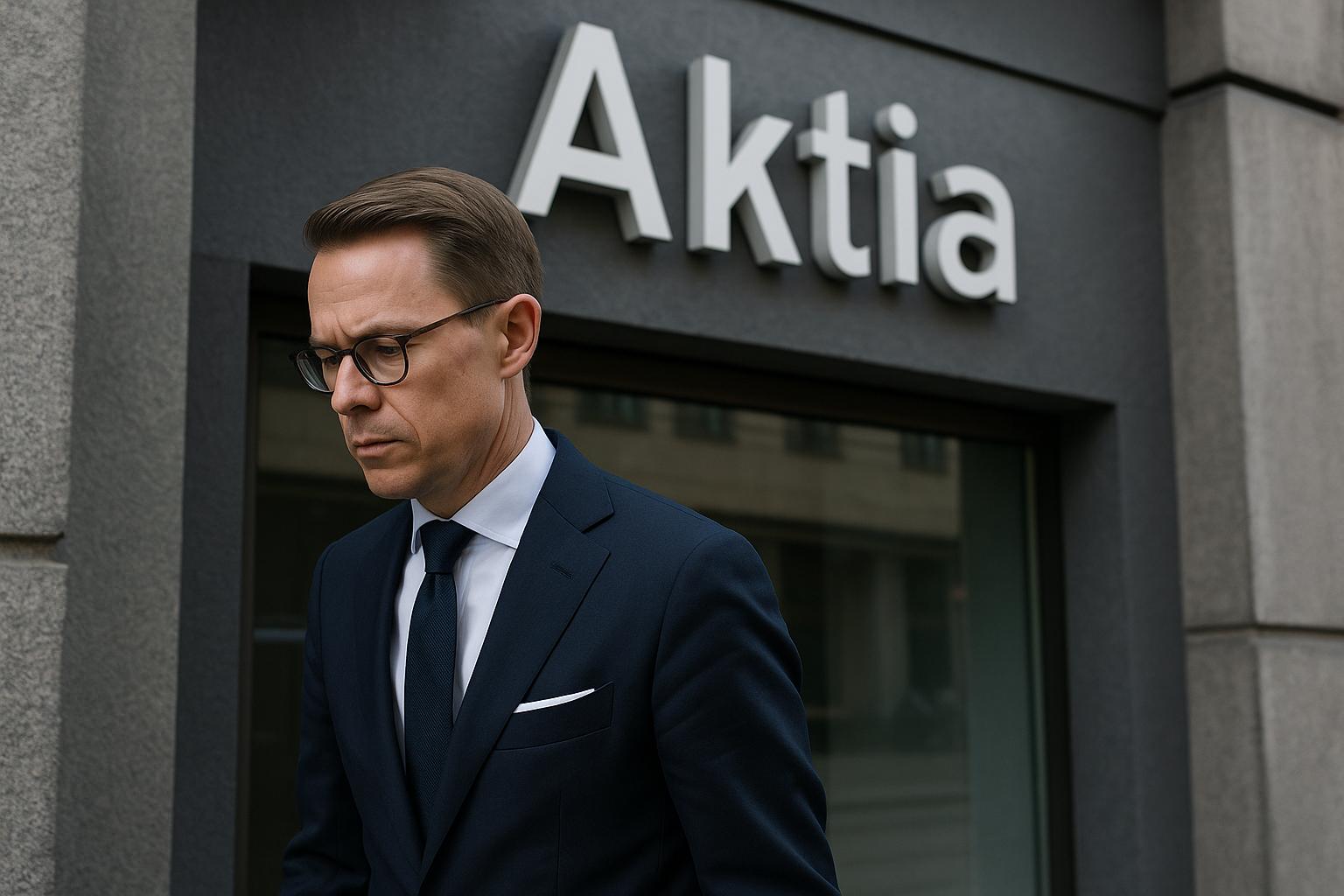For a brief moment, it looked like Carl Haglund was set to become the new face of Aktia Bank. The former minister and business executive had been chosen as the next CEO, a role that promised both challenges and influence. And then—almost as quickly as the news broke—came another headline: he was stepping down before even stepping in.
His departure didn’t happen in isolation. Over the past few years, Aktia’s corner office has felt more like a revolving door than a seat of long-term strategy. Leaders come, leaders go, and with each exit, the same question rises again: why is it proving so hard for this Finnish bank to hold onto its top talent?
When CEOs don’t stick around
There are a few explanations that insiders point to:
- Strategic tensions – if the board and the CEO don’t see eye to eye on direction, stability turns fragile fast.
- Cultural friction – Aktia’s acquisition of parts of Taaleri brought in new people and fresh ways of working, but blending them with the old guard hasn’t always been smooth.
- Morale challenges – in banking, skilled people are the sharpest edge. If they drift away, it often signals deeper trouble.
Haglund’s own words—then his exit
Just last week, Haglund gave an upbeat interview about Aktia’s strengths: loyal staff, long careers, and a culture built on stability. At the same time, he admitted that the Taaleri deal had cost the bank valuable talent. His message was clear—people should come first.
That makes his swift exit feel somewhat ironic. The man set to champion employees never actually got the chance to lead them.
Why leadership churn matters in banks
CEO exits might sound like a distant boardroom issue, but in banking the impact trickles through every layer:
- Investors get nervous – surprise departures trigger questions and stock price jitters.
- Customers notice – a trusted relationship can suffer when confidence wavers at the top.
- Employees feel it most – instability encourages talent to start scanning job listings.
- Growth slows – constant changes in leadership nearly always stall long-term strategy.
The bigger picture: a tough moment for Finnish banks
Aktia’s turbulence fits into a wider story. Across Finland, banks are facing:
- Interest rate whiplash – from record lows to sharp highs within a short span.
- Digital challengers – fintech startups and mobile-first players are forcing old banks to adapt quickly.
- Scale struggles – smaller banks like Aktia and Oma Säästöpankki are squeezed between nimble challengers and giants like OP and Nordea.
In such times, a steady, long-term CEO isn’t optional—it’s survival.
What should investors take away from this?
- Leadership stability matters – check turnover in the executive team as closely as balance sheets.
- Employee satisfaction is critical – loyal staff build customer trust better than flashy new campaigns.
- Small banks are more exposed – one resignation at Aktia can shift strategy in ways that wouldn’t rattle a global giant.
The bottom line
Carl Haglund’s walkout is more than just one career twist—it’s the latest signal of a bank still searching for solid ground. Boardroom friction, cultural clashes after mergers, and the broader pressures of competing as a smaller bank in a digital age are all coming together. For investors, employees, and customers alike, it’s a reminder: in banking, leadership stability is as valuable as capital itself.
Would you like me to prepare a follow-up analysis that tracks how Aktia’s CEO shakeups have affected its share price over the past five years, and compare that with competitors such as Oma Säästöpankki and OP? That could put this leadership turbulence into sharper perspective with hard numbers.
